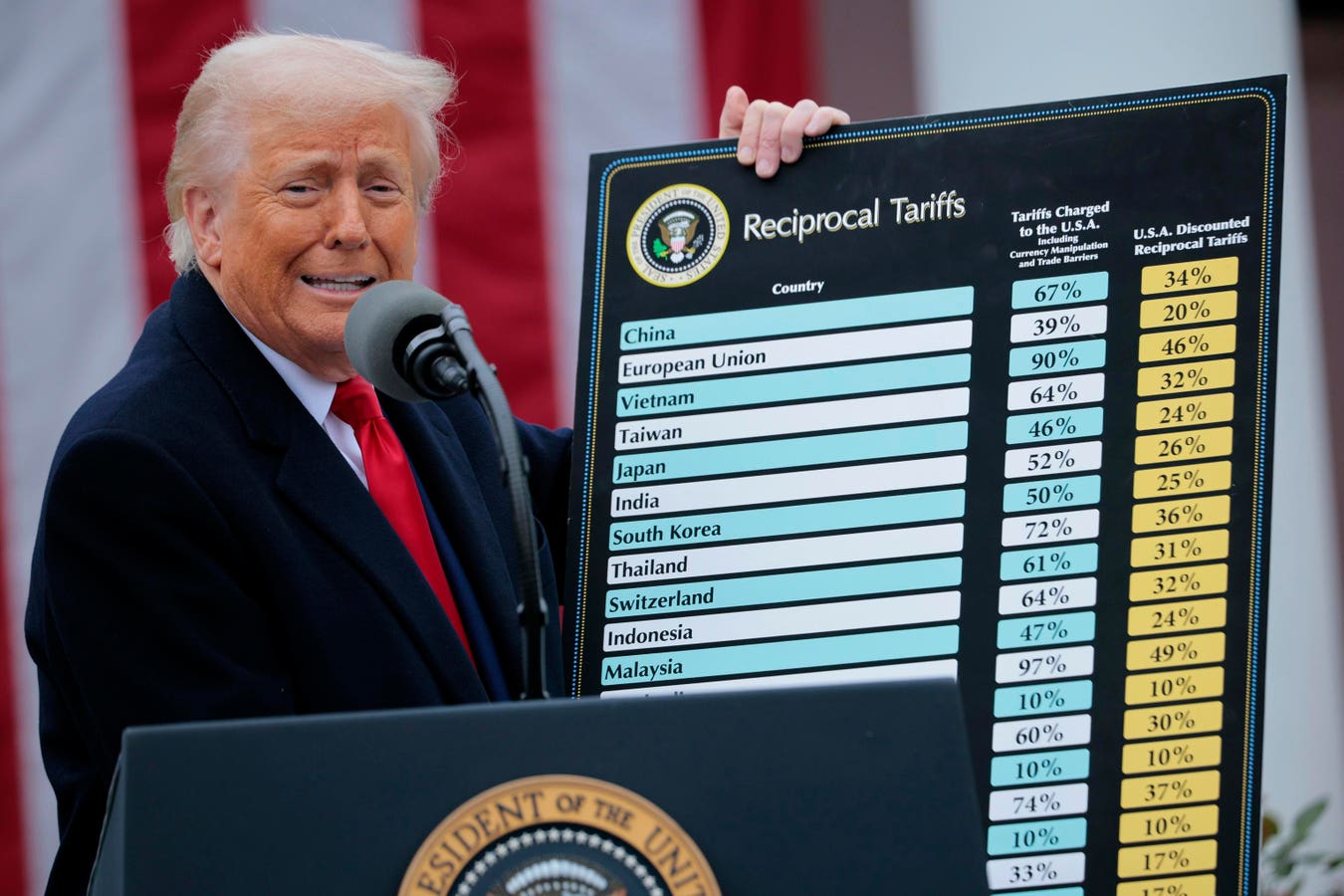Bartosz Skwarczek is the Founder and President of Supervisory Board of G2A Capital Group, a global marketplace for digital entertainment.
The concept of in-game economies has come a long way since the early ’90s. What once started as dropping a few coins into the arcade game to get extra lives or special moves has evolved into a more complex ecosystem. Players can now customize their avatars to look like themselves, unlock exclusive levels and content and acquire loot boxes with randomized rewards to take their gameplay to the next level (literally).
Today, these in-game microtransactions have become a staple of gaming culture and an additional revenue stream in the game life cycle. While players receive virtual goods and features, both developers and e-commerce platforms unlock new monetization opportunities.
The numbers don’t lie. This year, the microtransaction market size is projected to hit $86.51 billion—and, by 2029, grow to nearly $129.76 billion. Let’s take a closer look at the landscape of in-game economy opportunities, challenges and more.
The Power Of In-Game Items
Microtransactions allow gamers to personalize their alternate universes and personas, offering them a sense of creative control. This fosters engagement, ultimately bringing them back for more as they become both emotionally and financially invested in the game. In fact, 46% of gamers said creation, self-expression and imagination are among the main motivations for gaming.
In-game goods have also shifted to cater to players’ needs. Dragon’s Dogma II allows players to purchase Rift Crystals, a currency that can be used to hire powerful Pawns, enhancing their journey without excessive grinding.
Call of Duty offers battle passes that provide players with a structured way to progress through seasonal content, while exclusive operator skins enable self-expression without impacting competitive balance. These microtransactions help players integrate gaming into their schedules while also satisfying their desire for instant gratification.
Strategies For Getting E-Commerce Integration Right
For microtransactions to be efficient (or to play their role), they need to strike the right balance between player satisfaction and monetization, which should be a top priority for developers.
Gamers don’t want to be bombarded by ads every other second during the gameplay or feel forced to opt in. This will irritate them and also decrease their likelihood of returning. According to YouGov, 72% of gamers say their gameplay has been negatively affected by microtransactions.
That is why successful microtransaction strategies must be seamlessly integrated within the game’s ecosystem and not disrupt the game experience itself.
Ensure Payment Security
Gamers want to know that while they wander within the virtual worlds, their private information is safe. Ensuring that there are elements like robust encryption tools, secure payment gateways and multifactor authentication fosters trust within microtransactions.
TransUnion reported that the gaming space has one of the highest fraud rates in the United States. Conducting regular security audits and keeping players informed amid a cyberattack reflects a developer’s commitment to protecting their consumers, offering peace of mind whenever a purchase is made.
Additionally, adding a layer of parental control safeguards prevents children from racking up charges unknowingly. A SellCell survey reported that 40% of parents were unaware their children had made in-game purchases. This is a sure way to get banned in a household.
Keep It Fair
An ongoing debate in the video game community is whether microtransactions are “pay to win” or not. Many argue that spending money in a game gives an upper hand to those who don’t, resulting in an unbalanced in-game experience.
Players must feel that everyone has a fair chance of competing and succeeding. If not, games and publishers themselves will suffer and lose trust—Star Wars Battlefront II faced backlash upon its release due to its reliance on loot boxes that provided gameplay advantages.
Developers can implement skill-based matching—setting up players who are at the same level to compete against each other. Alternatively, leaning into cosmetic versus competitive enhancement can alleviate worries about unfairness. Some players refer to Team Fortress 2’s motto as: “No pay to win. Just pay to look good.” The only microtransactions in this game are different outfits and effects that don’t affect gameplay.
Offer Value-Added Content
Creating a sense of urgency and exclusivity around microtransactions drives sales opportunities. For example, offering expansion packs after a game’s initial launch with new storylines and characters gives players a compelling reason to continue with their favorite heroes or revisit a title.
Limited-time offers, like holiday-themed levels, player skins and tools, encourage players to make purchases during specific periods. Also, consider partnerships with popular brands and individuals. Fortnite’s Festival Icon Series gave players the chance to transform into stars like Lady Gaga, Billie Eilish, Metallica or The Weeknd. Only available for a limited time, this induced FOMO before the add-ons disappeared.
Gaming has transformed significantly over the decades. Once dominated by single-player experiences with limited content, it has evolved into multiplayer ecosystems enriched by microtransactions. What started with simple character skins has expanded into a dynamic marketplace where publishers continuously extend the life cycle of games through in-game items, content expansions and evolving monetization strategies.
The most successful microtransaction strategies don’t hinder gameplay—they level them up.
For e-commerce leaders today, it’s essential to find the right balance between player satisfaction and monetization. While you’re at it, give players an environment to express their fandom. You’ll leave them coming back for more.
Forbes Technology Council is an invitation-only community for world-class CIOs, CTOs and technology executives. Do I qualify?









